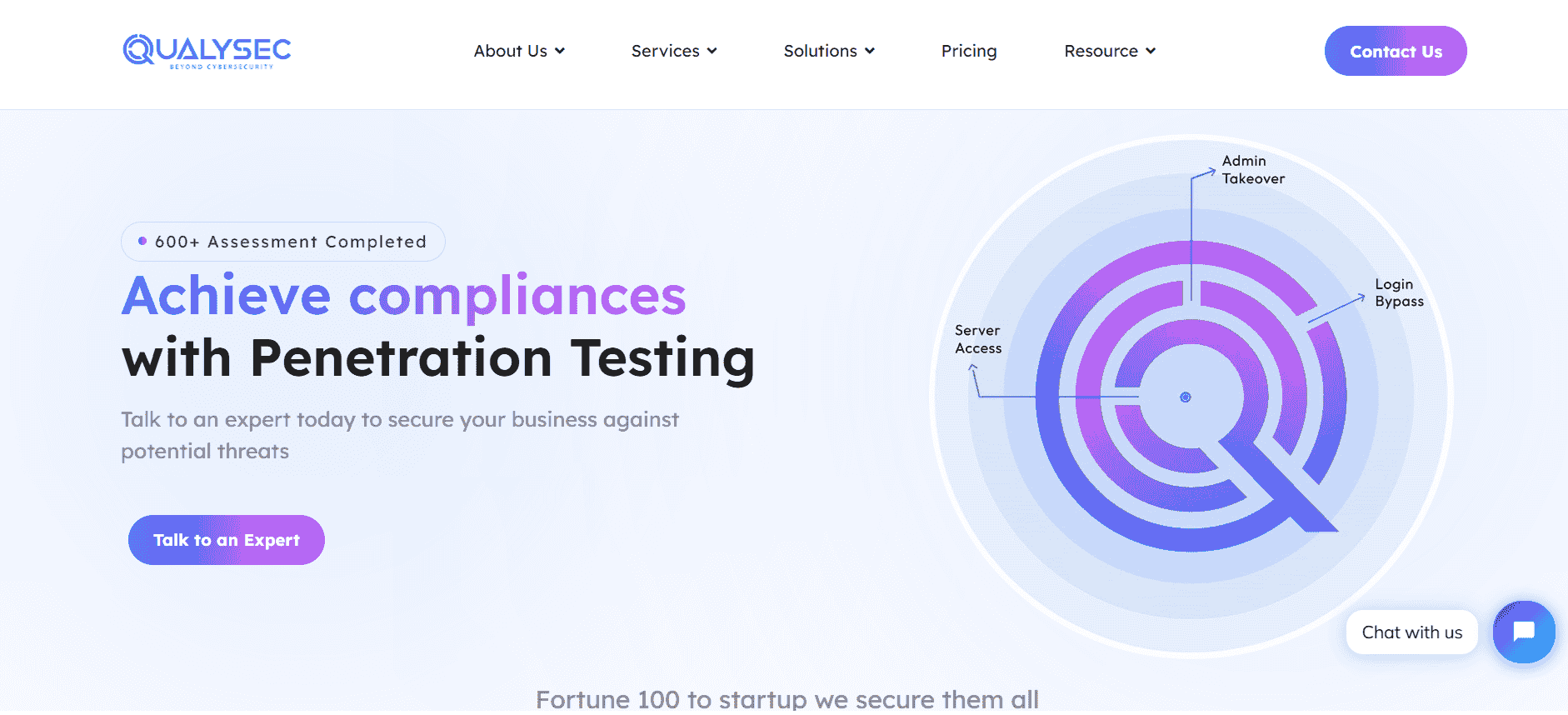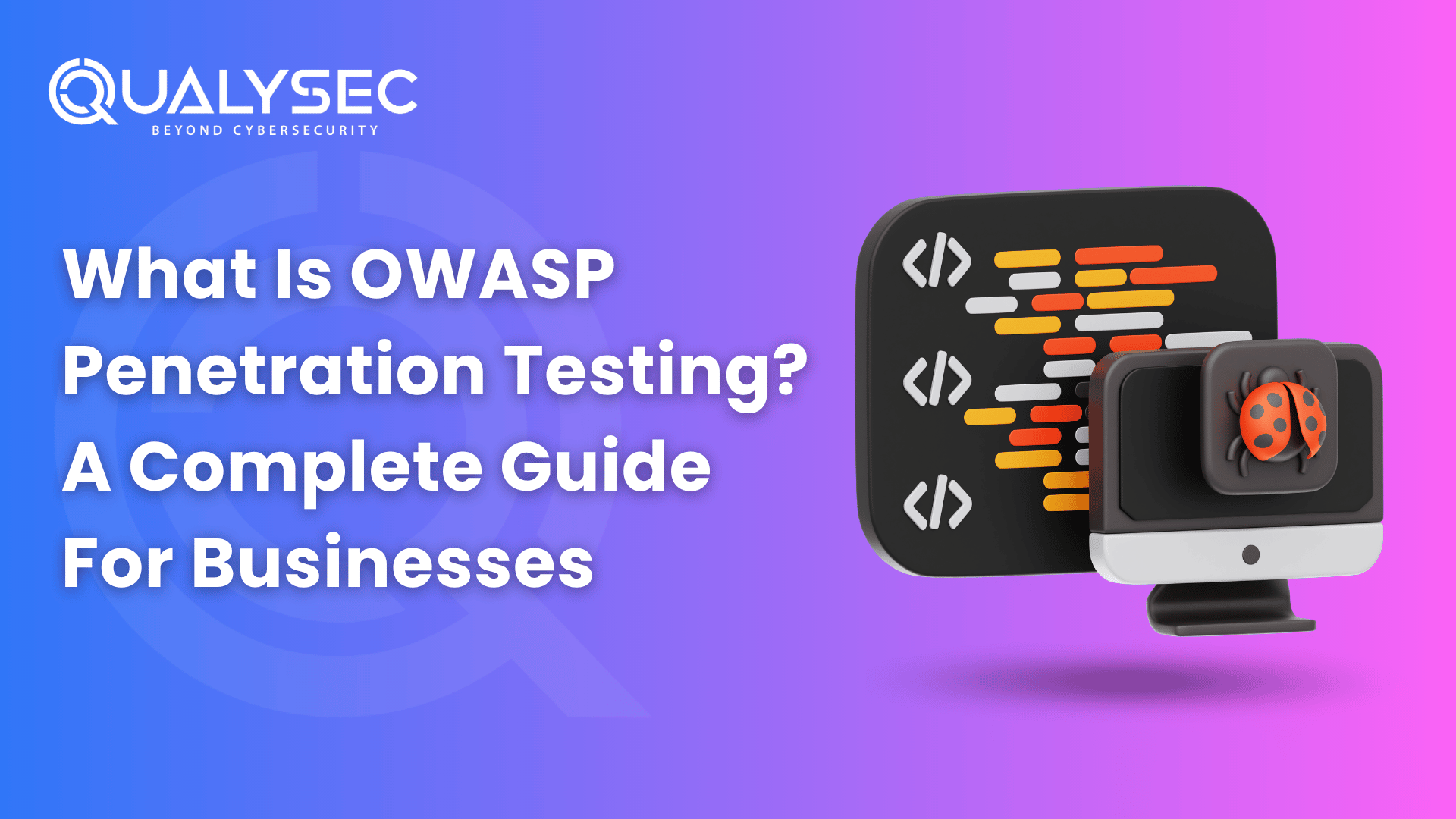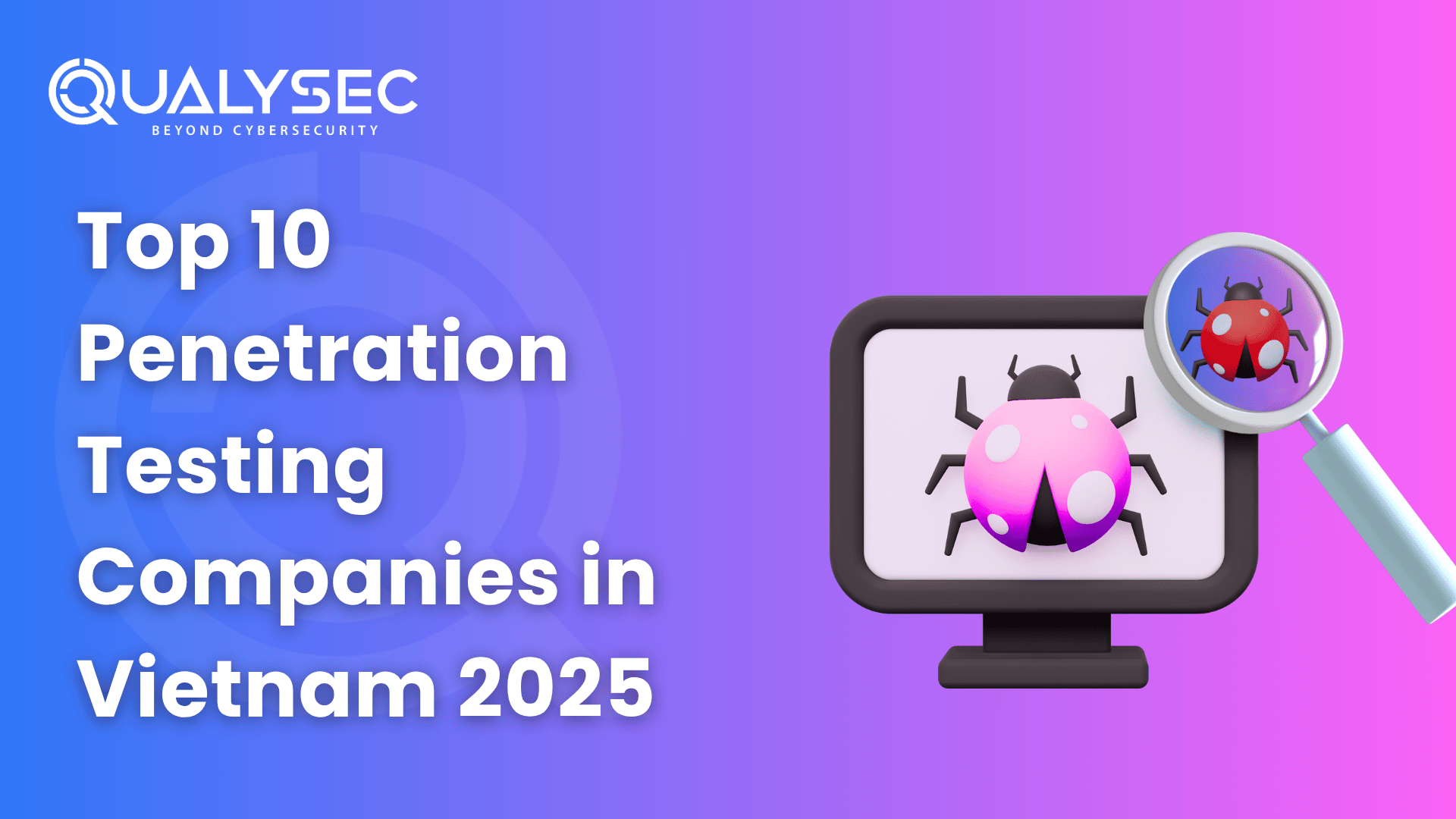In today’s world, with the increasing use of technology in every aspect of life, cybersecurity has become a top priority for businesses and organizations. The threats of cyber-attacks and data breaches have increased rapidly in recent years, and it has become crucial to identify vulnerabilities in your IT infrastructure to protect your sensitive data. Vulnerability assessment and penetration testing are two important processes that can help organizations identify and address security risks. However, many people often confuse these two terms. In this blog, we will discuss the difference between vulnerability assessment and penetration testing.
What is Vulnerability Assessment?
Vulnerability assessment is a process that involves identifying and assessing vulnerabilities in an IT infrastructure. It is a proactive approach that helps organizations to identify weaknesses and loopholes in their systems before any hacker or cyber-criminal exploits them. Vulnerability assessment involves the use of automated tools to scan networks, systems, and applications for potential security vulnerabilities. It also involves manual inspection of the results to identify and prioritize vulnerabilities.
What is Penetration Testing?
Penetration testing, also known as pen testing, is a process that involves simulating a real-world attack on an IT infrastructure to identify vulnerabilities that could be exploited by cybercriminals. Penetration testing involves the use of manual techniques to exploit vulnerabilities in systems and applications. It is a more aggressive approach than vulnerability assessment and involves attempting to gain access to systems and data by exploiting identified vulnerabilities.
Comparing Penetration Testing and Vulnerability Assessment
| Parameter | Penetration Testing | Vulnerability Assessment |
| Purpose | To identify and exploit vulnerabilities | To identify and prioritize vulnerabilities |
| Tools | Used Manual techniques and automated tools | Automated tools |
| Scope of Testing | Narrow and Focused | Comprehensive |
| Level of Risk | High | Low to medium |
| Time Required | Longer | Shorter |
| Cost | Higher | Lower |
| Type of Report Generated | Detailed and technical | Summary and non-technical |
Who Needs Vulnerability Assessment and Penetration Testing?
Vulnerability assessment and penetration testing are necessary for organizations of all sizes and industries. These processes help organizations identify and mitigate security risks and ensure the safety of their sensitive data. However, organizations that store and process sensitive data, such as financial institutions, healthcare providers, and government agencies, should conduct regular vulnerability assessments and penetration testing to comply with regulatory requirements.
Why Do You Need Vulnerability Assessment and Penetration Testing?
Vulnerability assessment and penetration testing are essential for maintaining the security of your IT infrastructure. They help identify security vulnerabilities and weaknesses in your systems, applications, and networks. By conducting regular vulnerability assessment and penetration testing, you can:
- Identify and prioritize security vulnerabilities
- Mitigate security risks and prevent cyber attacks
- Comply with regulatory requirements
- Ensure the safety of your sensitive data
- Build customer trust and confidence
Penetration Testing vs Vulnerability Scanning
Vulnerability scanning is a process that involves automated tools to scan an IT infrastructure for potential vulnerabilities. It is a less intrusive and less expensive approach than penetration testing. Vulnerability scanning can identify known vulnerabilities in systems and applications, but it cannot identify unknown vulnerabilities or assess the impact of an attack. Penetration testing, on the other hand, involves simulating a real-world attack to identify vulnerabilities that could be exploited by cybercriminals. Penetration testing is a more aggressive and comprehensive approach than vulnerability scanning.
Can you have both vulnerability assessment and penetration testing?
Yes, it is possible and often recommended to have both vulnerability assessment and penetration testing as part of a comprehensive security testing strategy.
Both vulnerability assessment and penetration testing are important components of a comprehensive security testing strategy. Vulnerability assessment helps identify potential weaknesses and vulnerabilities that can be addressed before they are exploited by attackers, while penetration testing helps identify actual vulnerabilities that are exploitable and can be used to gain unauthorized access.
In summary, vulnerability assessment and penetration testing serve different purposes but can be used together to provide a more complete picture of an organization’s security posture and help identify and remediate potential security risks.
Looking to conduct Vulnerability Assessment (VA) and Penetration Testing (PT) for your company? Qualysec Technologies provides comprehensive, process-driven penetration testing services for all. Click the link below to discuss your security needs with our experts!
Talk to our Cybersecurity Expert to discuss your specific needs and how we can help your business.
VAPT – The Best of Both
Vulnerability assessment and penetration testing are two complementary processes that help organizations to identify and mitigate security risks. Combining these two processes, known as VAPT, provides a comprehensive and holistic approach to cybersecurity
Qualysec- The Leading VAPT Service Provider

Qualysec is a cybersecurity company founded in 2020 that has quickly become one of the most trusted names in the VAPT industry. The company provides services such as VAPT, security consulting, and incident response.
The company’s network security solutions are designed to protect against a range of threats, including malware, phishing, and denial-of-service attacks. They are capable of protecting against threats that target individual devices, such as laptops and smartphones. The company’s cloud security protects against threats that target cloud-based applications and services.
Technicians at Qualysec can detect flaws that fraudsters could abuse. After these flaws have been found, Qualysec collaborates with the organization to establish a plan to address them and boost the company’s overall security posture. Among the several services available are:
- Web App Pentesting
- Mobile App Pentesting
- API Pentesting
- Cloud Security Pentesting
- IoT Device Pentesting
- AI /ML Pen-testing
Specialists and security researchers make up the Qualysec team, collaborating to provide their clients with access to the most recent security procedures and approaches. They provide VAPT services using automated equipment.
In-house tools, adherence to industry standards, clear and simple findings with various mitigation procedures, and post-assessment consulting are all features of Qualysec’s offerings.
The solution offered by Qualysec is particularly beneficial for businesses that must adhere to industry rules or prove their dedication to security to clients and partners. Organizations could see weaknesses and fix them before the systems are hacked by doing routine cybersecurity testing.
Pros of Choosing Qualysec
- Identifying vulnerabilities: VAPT service providers can identify vulnerabilities in a system, network, or application that may have been overlooked by internal IT teams.
- Mitigating risks: VAPT service providers can help businesses develop mitigation strategies for identified vulnerabilities and weaknesses.
- Complying with regulations: VAPT service providers can help businesses comply with regulatory requirements.
- Developing better security policies and procedures: VAPT service providers can help businesses develop better security policies and procedures to protect their digital assets.
- Disaster recovery planning: Furthermore, VAPT service providers can help businesses develop better disaster recovery plans and business continuity plans to ensure the continuity of operations in the event of a cyber-attack.
Latest Penetration Testing Report

Conclusion
Vulnerability assessment and penetration testing are two important methods for assessing the security of a system or network. While vulnerability assessment involves identifying potential security holes in the system, penetration testing involves simulating an attack and attempting to exploit those vulnerabilities. VAPT, a combination of both, provides a comprehensive approach to assessing the security of a system or network. It identifies vulnerabilities that may not be detected by vulnerability scanning alone and provides a more realistic assessment of the system’s security posture. Therefore, it is recommended to perform both , either separately or as a combination of both.
Frequently Asked Questions:
Q. What is the difference between penetration testing and vulnerability assessment?
Ans. Penetration testing involves actively attempting to exploit vulnerabilities to gain unauthorized access to systems or data, while vulnerability assessment focuses on identifying and classifying vulnerabilities without actively exploiting them.
Q. Why is penetration testing important?
Ans. Penetration testing helps organizations identify vulnerabilities and weaknesses in their security systems before they can be exploited by attackers. This allows organizations to take proactive measures to improve their security posture.
Q. What is the goal of a vulnerability assessment?
Ans. The goal of a vulnerability assessment is to identify and prioritize vulnerabilities so that they can be addressed in a timely manner. This helps organizations reduce the risk of a successful attack.
Q. How are penetration testing and vulnerability assessment typically conducted?
Ans. These are typically conducted using automated tools and manual techniques, such as network scanning, vulnerability scanning, and social engineering.
Q. What are some common types of vulnerabilities that are identified through vulnerability assessments?
Ans. Common types of vulnerabilities include software vulnerabilities, configuration weaknesses, and human factors such as weak passwords or lack of security awareness.






















































































































































































































































































































































0 Comments